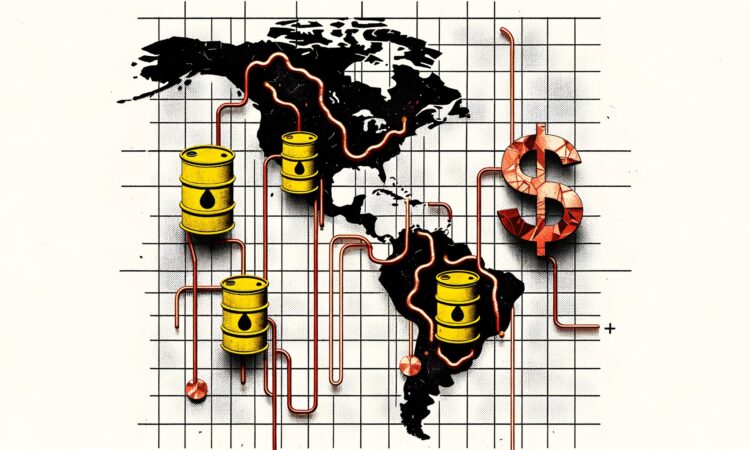
What’s going on here?
Latin American stocks and currencies took a hit, trailing other emerging markets as falling commodity prices and economic concerns cast a long shadow.
What does this mean?
An index tracking Latin American currencies dropped by 1%, hitting a one-week low, while the regional equities index also slipped by 1%, showing its worst performance since early August’s global equity market slide. Mexico led the decline, with its peso falling nearly 2%, pressured by disappointing retail sales figures for June, which dipped 0.5% month-over-month and 3.9% annually. Meanwhile, Brazil’s Bovespa index managed a slight increase of 0.3%, contrasting with broader regional struggles and signaling mixed investor sentiment. JPMorgan highlighted that Argentina could see a surge in stock investments up to $1 billion if granted an MSCI upgrade, even as most Latin American markets grapple with rising inflation and potential rate cuts.
Why should I care?
For markets: Emerging market turbulence.
Latin American stocks and currencies are feeling the squeeze from declining commodity prices and economic uncertainties. Mexico’s peso led the fall, dropping nearly 2%, trailed by Brazil’s real. Retail sales data and economic outlook appear grim, affecting investor confidence and stock performance. Investors should keep an eye on these trends as they may signal broader emerging market shifts.
The bigger picture: Global economic ripples.
These market dips in Latin America underscore the delicate balance of global economies. Falling commodity prices, especially copper and oil, heavily impact export-dependent nations like Chile and Peru, while Brazil’s and Colombia’s major firms, Petrobras and Ecopetrol, also feel the strain. As major central banks in the region face pressure to ease rates amidst rising inflation, their moves will be crucial in shaping both regional and global economic trajectories.


